The Medici Conspiracy (47 page)
Read The Medici Conspiracy Online
Authors: Peter Watson

There is a lesson here. Because no one would touch such an importantâbut unprovenancedâobject, it is going to be properly published, and then returned to where it belongs.

In February 2000, Staffan Lunden, a Swedish journalist who was also an archaeologist, was researching a Roman funerary relief that had recently been acquired by the Museum of Mediterranean Antiquities in Stockholm. Lunden was interested in the object because, judging by stylistic criteria, it must have come from Ostia, outside Romeâbut how and when?
Tracking the object back, he found that the Stockholm Museum had acquired it from Galerie Arete in Zurich in 1997. Before that, it was auctioned at Sotheby's in New York in December 1992, and before that, in 1991, it had belonged to Numismatic Fine Arts, Bruce McNall's gallery in Los Angeles. Before that, however, it was mentioned in Guntram Koch's
Roman Funerary Sculpture: Catalogue of the Collections,
published by the Getty. In the catalog, Koch said that the Stockholm relief had been on the “New York art market” in 1986 but didn't specify which gallery. However, also published in the catalog was a very similar one, which was in the Getty itself. Koch's text made it clear that this relief, the Getty's object, was acquired from the Summa Gallery, another of McNall's firms. Being aware of the close links between McNall and Robert Hecht, and of Hecht's reputation, Lunden wondered whether McNall-Hecht had anything to do with the Stockholm relief.
Roman Funerary Sculpture: Catalogue of the Collections,
published by the Getty. In the catalog, Koch said that the Stockholm relief had been on the “New York art market” in 1986 but didn't specify which gallery. However, also published in the catalog was a very similar one, which was in the Getty itself. Koch's text made it clear that this relief, the Getty's object, was acquired from the Summa Gallery, another of McNall's firms. Being aware of the close links between McNall and Robert Hecht, and of Hecht's reputation, Lunden wondered whether McNall-Hecht had anything to do with the Stockholm relief.
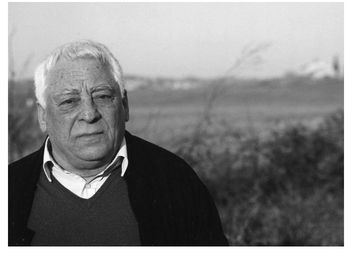
Pietro Casasanta, the most successful tomb robber of all time, in terms of the important objects he has looted. He is shown in front of the field where he discovered the ivory head of Apollo (shown below).
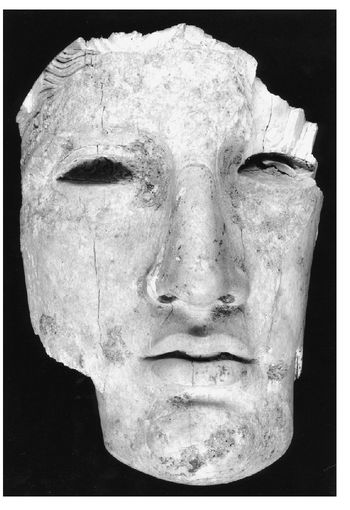
The ivory head of Apollo, the world's rarest and most valuable looted antiquity, valued at $50 million. Looted by Casasanta, who sold it to Savoca, who sold it to Robin Symes, from whom it was recovered with the assistance of the authors.
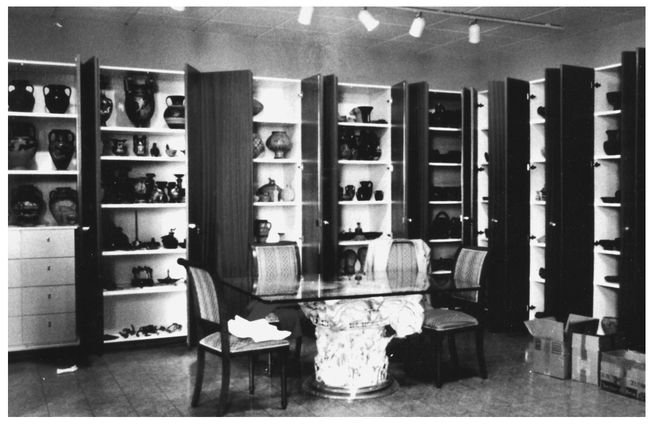
Corridor 17: the interior of Medici's showroom in the Geneva Freeport. Even the stone capital supporting the glass table top was stolen.
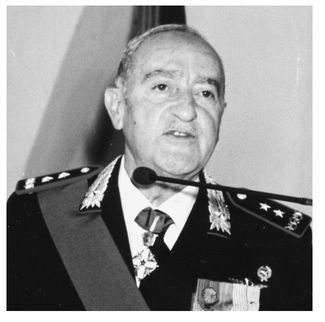
Colonelâlater GeneralâRoberto Conforti, head of the Carabinieri art squad.
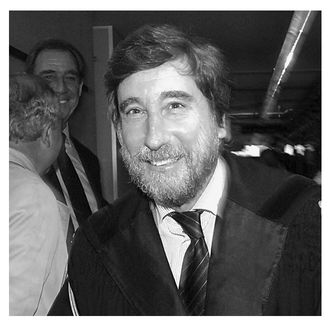
Public Prosecutor Paolo Ferri who, with Conforti, led the Italian investigation.
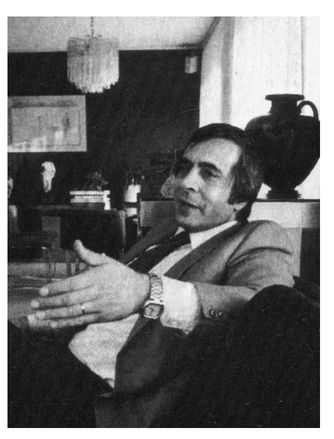
Gianfranco Becchina, Medici's bitter enemy and leader of the rival “cordata.” He operated out of Basel but retired to Sicily.
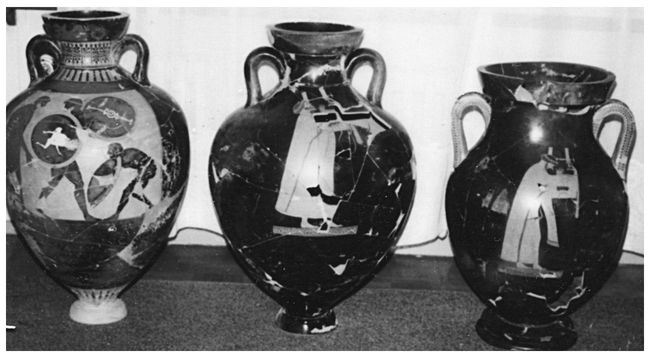
Polaroid found in Medici's warehouse in Geneva. The central vase of the three was later in the Hunt collection, and the one on the right in the Metropolitan Museum.
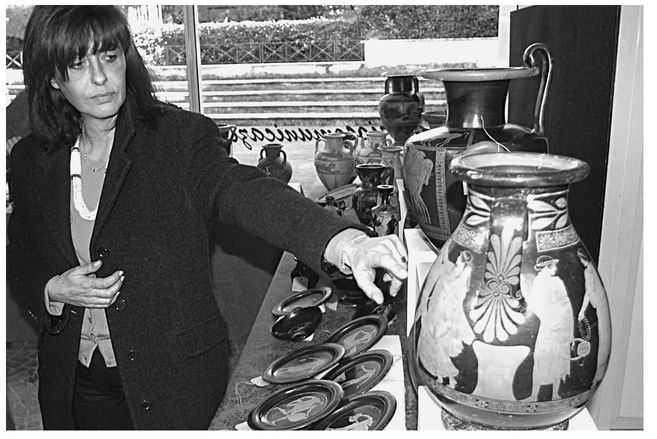
Shown alongside the restored plates is Dottoressa Daniela Rizzo, archaeologist at the Villa Giulia Museum in Rome, who helped Conforti and Ferri with technical expertise.
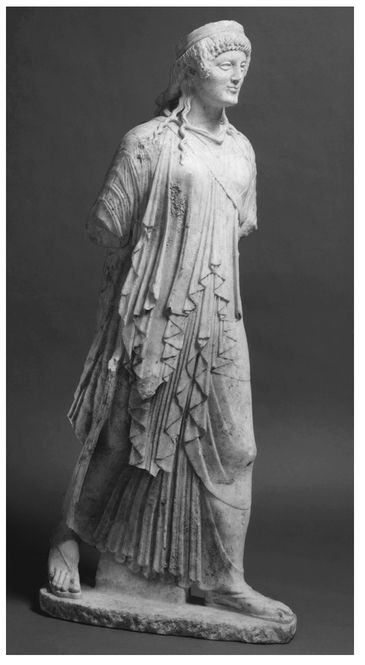
The statue of Artemis, a photograph of which was found in the glove compartment in Pasquale Camera's crashed car. This photograph was found in Robin Symes' archive. The object itself is now on display in Rome.
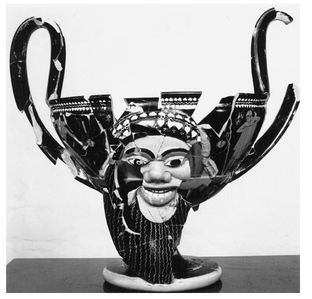
Kantharos by Euphronios, partially restored, partially broken, in Medici's warehouse in the Geneva warehouse.
Other books
The Portable Edgar Allan Poe by Edgar Allan Poe
Until the Sun Burns Out by Amber Garza
Otherness by David Brin
Twisted by Hope, Amity
Dusssie by Nancy Springer
Algren by Mary Wisniewski
Nano Surveillance (Dave Henson Series Book 1) by Mark Donovan
Moving On by Jennii Graham
In the King's Service by Katherine Kurtz
B00JX4CVBU EBOK by Peter Joison
